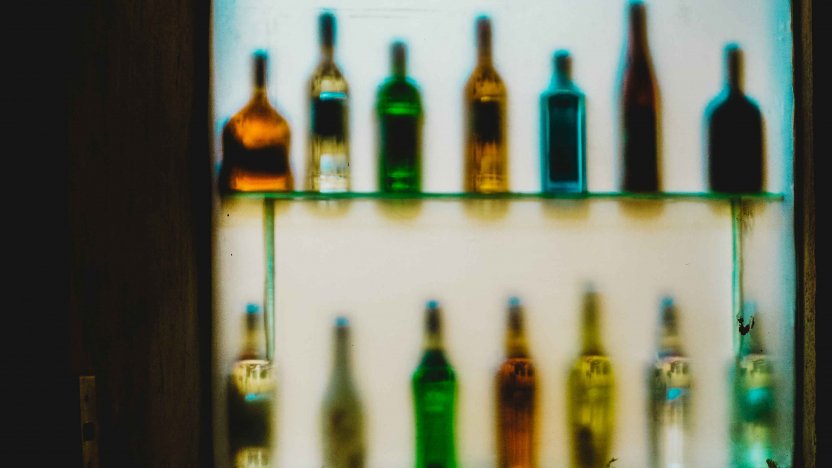Bootleg booze: The threat of counterfeiting in the drinks industry

The trade in counterfeit alcohol threatens the safety of those that consume it, as well as the reputation of the rightful brand owner. In this article, we assess the threat and set out tools for protection.
A recent spate of deaths in the Dominican Republic has once again highlighted the risk to consumers of bootleg liquor. Seizures of counterfeit alcohol have rocketed in recent years and, with a major summer of sports and festivals underway, authorities are warning consumers to watch out for counterfeit alcohol as the illegal trade continues to spread.
‘Alcohol fraud’ can come in many forms, from the dilution of a premium gin, vodka, tequila, rum or whisky with water, to the substitution of a cheaper alternative into the brand name product (‘refilling’) and, more dangerously, dilution with rubbing alcohol, methanol or bootleg liquor. In some scenarios, the end consumer may be aware that they are buying a fake product, but more generally they are not.
Dangerous drinking
The alcoholic beverage industry is highly taxed, making it a prime target for counterfeiters to make a quick profit by offering cheaper, but fake versions of popular drinks. The trade in such fakes is sizeable and growing, with INTERPOL recently seizing “more than 3,620 tonnes and 9.7 million litres of hazardous fake food and drink worth an estimated EUR 55 million”. Counterfeit alcohol was the most seized product during the operation, which ran from 1 December 2017 to 31 March 2018, and involved police, customs, national food regulatory authorities and partners from the private sector in 67 countries.
For trademark owners in Europe, there are also issues surrounding product origination, whereby producers who do not produce their goods in the Champagne, Cognac or Scottish Whisky designated areas, nonetheless attempt to pass their goods off as being produced in those areas. This is a particular concern in China where the trade in fake wine is estimated at billions of dollars.
As mentioned above, it’s not just the brand owners that suffer however. Bootleg booze poses major health risks to consumers due to the dangerous products and harmful chemicals that such drinks have been found to contain. This is another reason why it’s so important for brand owners and the public at large to be vigilant to fakes.
Strategies to fight fakes
Brand owners seeking to protect their products from counterfeiting have a number of important tools at their disposal; for example:
- IP protection: The first step in any anti-counterfeiting strategy should be to register key brand and product names as trademarks, and innovative design features as design rights, so that brand owners can seek legal redress for any unauthorised use of those trademark or design rights;
- Packaging protection: Investment in product packaging, or the use of tags or other markings (which are difficult to duplicate), can help customers and the trade to identify the difference between authentic and fake products. Such features will need to be continuously reviewed and updated to ensure that they remain ahead of counterfeit copies.
- Technology: Holographic security labels, shrink sleeves, security foil and tamper-evident seals are just some of the technologies being used by brand owners to alert consumers to fake goods. They can also help brand owners to secure and track the products through the supply chain from warehouse to end consumer.
- Consumer education: For an anti-counterfeiting strategy to be as effective as possible, these technical aspects must also be complemented by market education and internal training, so that distributors, retailers, consumers and law enforcement officers are able to distinguish between genuine and counterfeit or fraudulent products. Here the marketing department also has an important role to play.
- Supplier management: Counterfeit products can enter the marketplace when a brand owner engages a sub-contractor to produce its goods or when the ‘legitimate’ manufacturer produces additional (unauthorised) versions of the genuine product. For that reason, it’s important not only to put safeguards in place, but also to monitor manufacturing plants.
Of course, even after putting appropriate measures in place to help prevent counterfeiting, companies also need to be vigilant to identify fake products entering the market; for example through a strategy of test purchases, data analysis or spot checks at the end retailer. As a general rule, if products are being sold at heavily discounted price, it is advisable to check their authenticity.
Finally, it’s important to work with a partner that understands the challenges that brand owners face in their battle to hunt down and act against counterfeit products.
Make sure any provider you choose brings a clear and proven strategy, and expertise on the rules and requirements in key jurisdictions, the current threats and common channels for trafficking, and the costs and process involved at each stage of enforcement. The right IP provider will know, from experience, where you should start and end your anti-counterfeiting efforts, so use that knowledge to guide you when taking your first – or next – step towards building an effective and measurable strategy for action.
For further insight and advice, please download our anti-counterfeiting white paper.